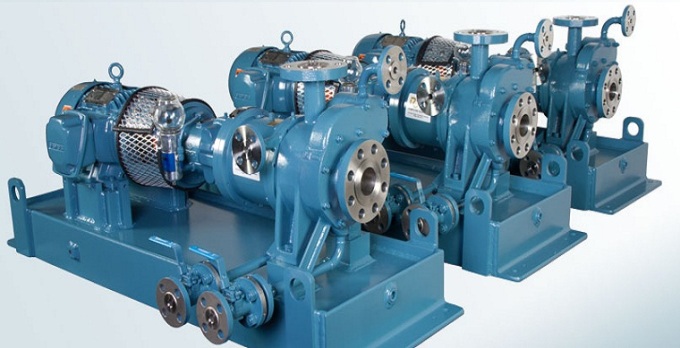·
Future
growth of India online fashion market is expected to be driven by increasing
demand for online fashion accessories products from Tier II and Tier III cities.
·
Myntra,
Jabong, Flipkart, Snapdeal, and Amazon India are major players operating in the
market. Myntra is observed as the second largest player in online fashion
market owing to the tie-up of company with more than 500 leading fashion and
lifestyle brands.
·
Tier
I cities were the major GMV contributor in online fashion market in FY’2016
owing to the availability of personal disposable income with the people
residing in these cities coupled with the high awareness.
Ken
Research announced its latest publication on “India
Online Fashion Market to 2021 - Elevating Sales in Tier II and Tier III Cities
is Expected to Fuel the Market in Future” provides a comprehensive
analysis of the online fashion market in India. The report includes the
cumulative GMV generated by the market players from the sales of online fashion
products, including apparel, footwear and accessories. Further, the market in
the study is differentiated on the basis of tier cities into tier I, tier II,
and tier III cities. The market is also segmented by four price segments -
economy, mass, premium, and elite. The study also highlights the detailed
information about logistics procedure followed in online fashion market and
government regulations pertaining to the market, which will guide new entrants
to plan their strategies accordingly. Various marketing analysis factors such
as trends and developments and Porter’s five forces analysis are also added in
the study for clear understanding about the factors responsible for present
scenario of the market. The future analysis of overall India online fashion
market has also been discussed along with recommendations from analyst view.
Online fashion market is spreading its footsteps in
tier II and tier III cities. It has been observed in FY’2016, majority of
online sales was generated from eight metro cities whereas the rest of the
sales is generated from 3,133 Tier II and Tier III cities, which also includes
1,233 rural hubs. The online fashion retail has sighted a significant increase
in sales from Tier II and Tier III cities since 2012. The overall growth in
Tier II markets have been about 600% from FY’2012 to FY’2016. The most common
products bought in Tier II and III cities are fashion items including apparels,
footwear and bags. Non metro cities like Ludhiana, Aurangabad, Kochi and
Bellary contributed 35% in the total sales of luxury brands in FY’2016. The
growing demand for online sales in these cities has fueled the online fashion
market of India.
“Horizontal e-commerce players should focus on
increasing the profitability through private label sales, reducing the
advertising budget and improving the NPS score for buyers and sellers while, verticals
players should focus on above the line advertising for increased penetration
and for better positioning as a specialized fashion store to sell a fashion
look along with individual itinerary. Vertical players has to build a USP in
one of the fashion segment through unique design, increased number of brands
including private label and international brands, improved accessories sales along
with offering better discounts, cash backs to the customers”, according to
Research Analyst, Ken Research.
Key Topics Covered in the
Report:
• The market size of India Online Fashion Market by GMV
• Market segmentation of India Online Fashion Market by Apparel, Footwear,
and Accessories, by Demand from Tier Cities – Tier I cities, Tier II cities,
and Tier III cities and by Price – Economy, Mass, Premium, and Elite
• Porter’s Five Forces Analysis for India Online Fashion Market
• Trends and Developments in India Online Fashion Market
• Comparative Analysis of Online Fashion Market in India With
Offline Market
• Logistics Handling in India Online Fashion Market
• Consumer Profile for India Online Fashion Market – By Age Group,
By Weekday and Weekend Orders, and By CoD and Online Payments
• Regulatory Landscape on India Online Fashion Market
• Competitive Landscape and Detailed Company Profiles of the Major
Market Players
• Future Outlook and Projections for India Online Fashion Market
• Analyst Recommendations
• Macro-economic Factors Impacting the India Online Fashion Market
Key Products Mentioned in the
Report
• Apparel
• Footwear
• Accessories
• Shoes
• Sandals
• Flip-Flops
• Sunglasses
• Handbags and Wallets
• Jewelry
• Belts & Ties
Key Market Players Covered in
the Report:
• Flipkart Online Services Pvt. Ltd.
• Amazon India
• Snapdeal
• Jabong
• Myntra
• Limeroad
• Craftsvilla
More Details Visit : https://www.kenresearch.com/technology-and-telecom/it-and-ites/india-online-fashion-market-report/83416-105.html
Related Reports:
Contact Us:
Ken Research
Ankur Gupta, Head Marketing & Communications
Ankur@kenresearch.com
+91-9015378249
Ken Research
Ankur Gupta, Head Marketing & Communications
Ankur@kenresearch.com
+91-9015378249







